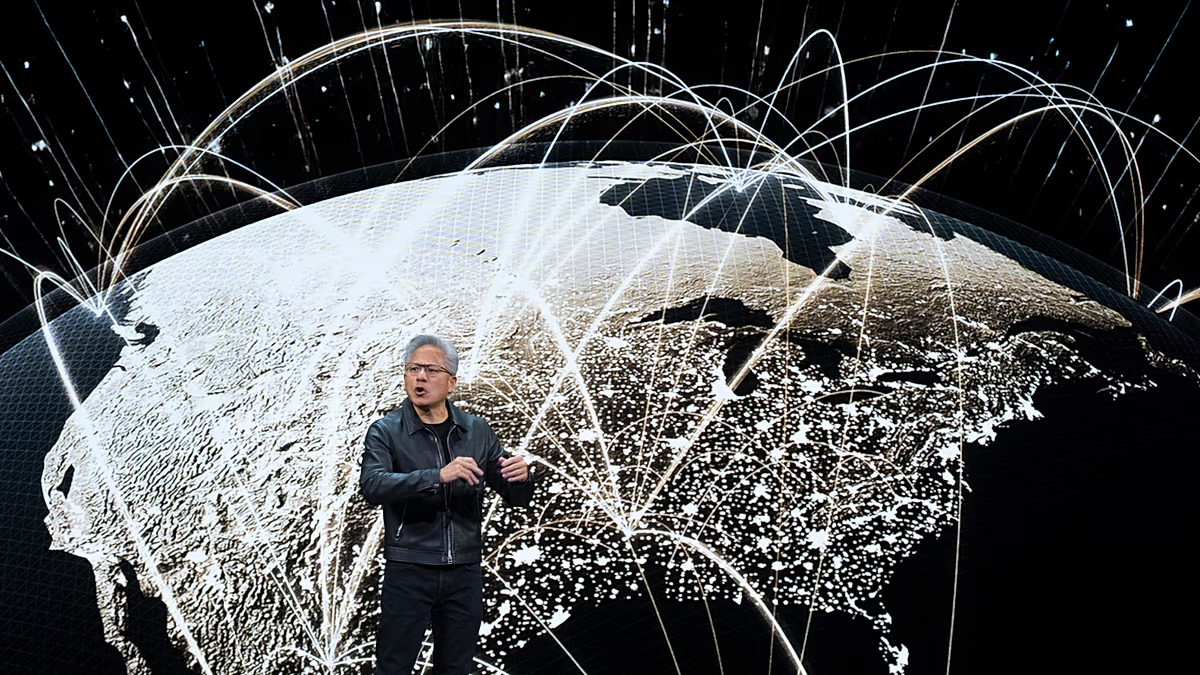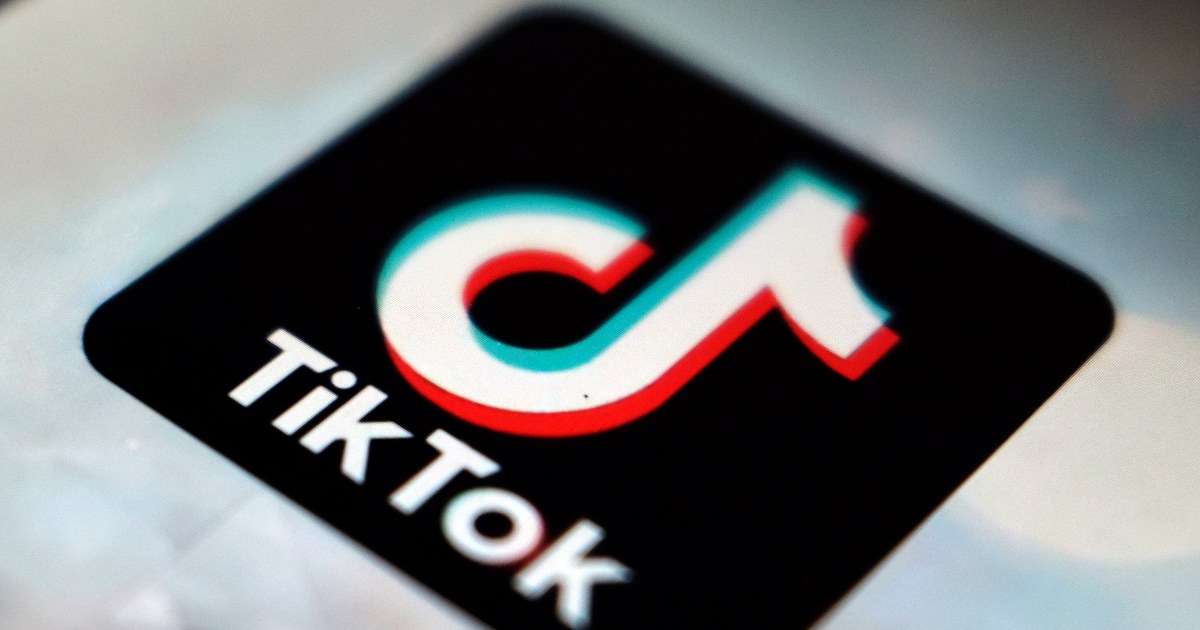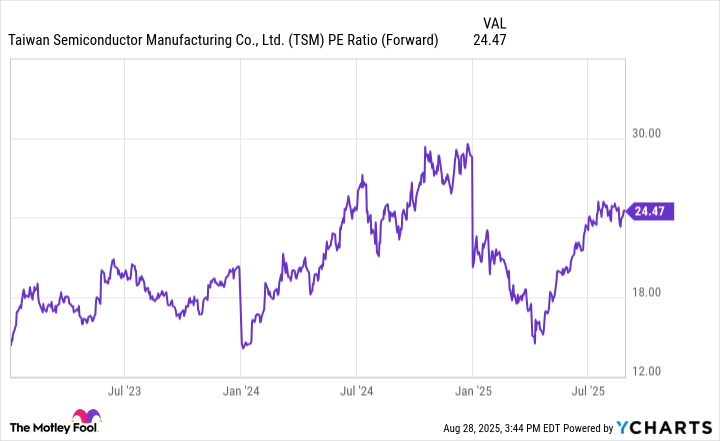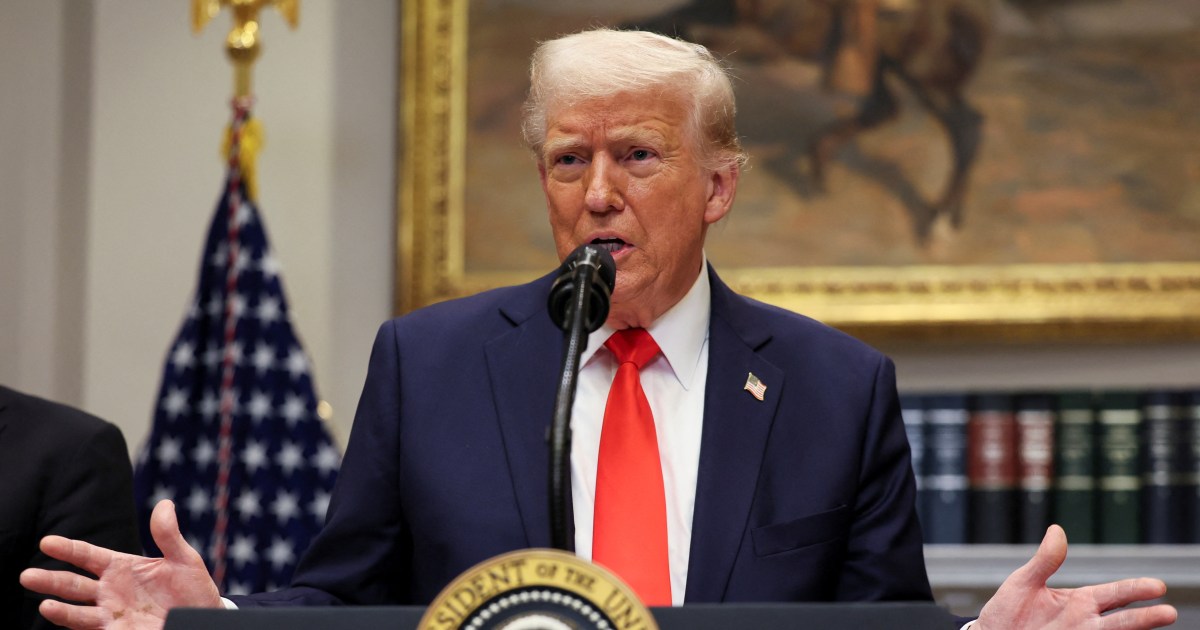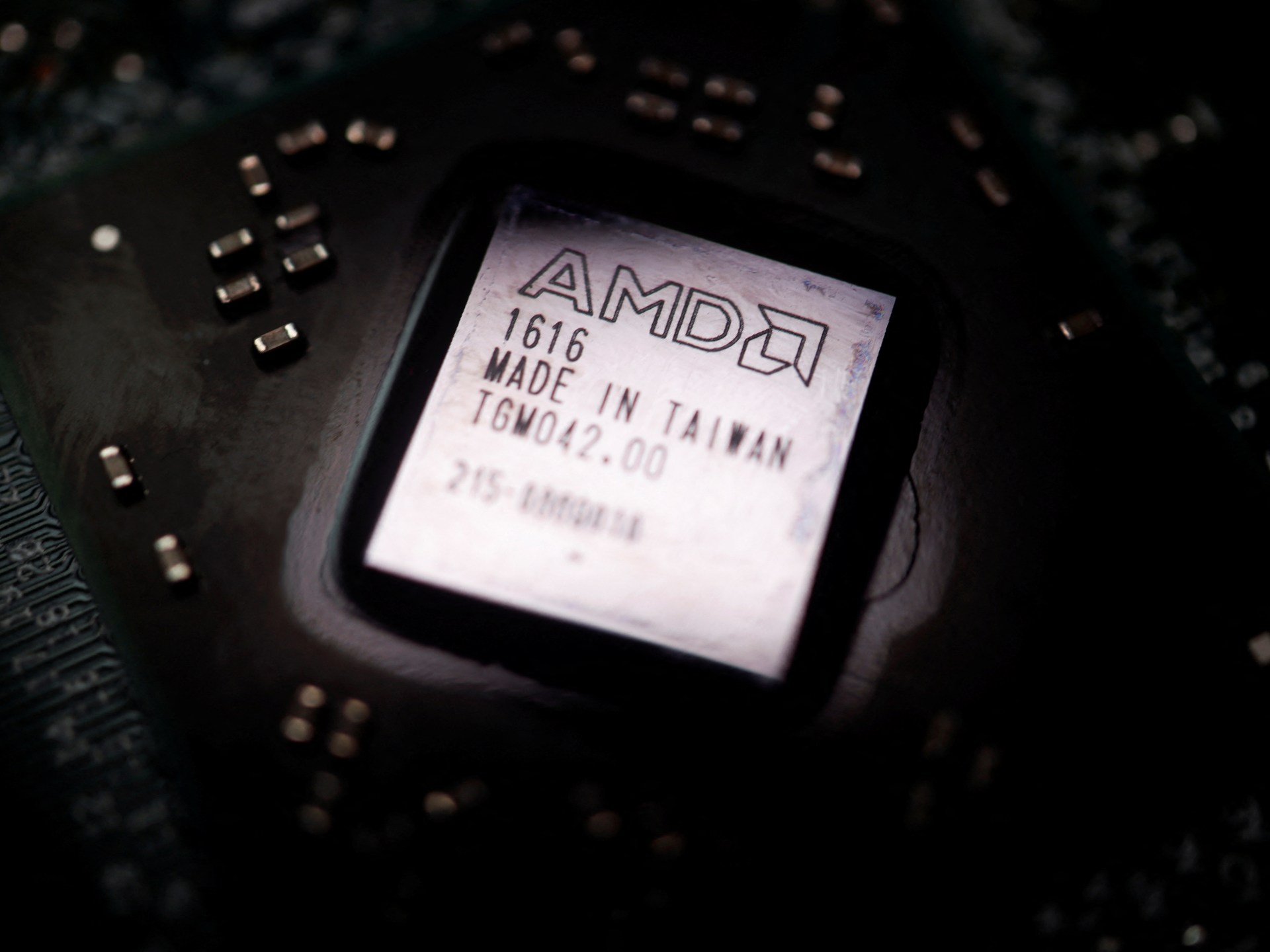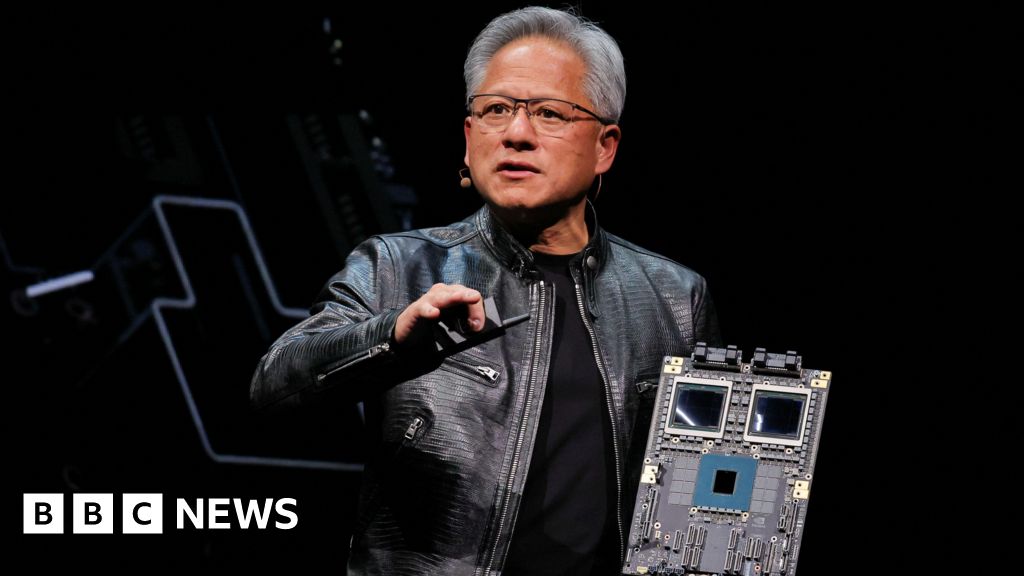Trains from London are planned to stop in this beautiful seaside town in the north of England, marking the destination’s first and only direct rail connection to the capital
Plans are progressing to establish a new direct rail link from London to the stunning Durham coastline in northern England.
Starting December 2025, trains will begin calling at the town of Seaham in County Durham, renowned for its striking cliffs, sandy beaches, and fascinating maritime heritage. Visitors should arrive with an appetite too, as the town boasts no fewer than 10 fish and chip shops, according to Google Maps.
The railway service will be operated by the Open Access operator Grand Central, supported by transport firm Arriva. Operators such as Grand Central remain outside the Labour government’s nationalisation proposals, utilising their own finances, reports the Express. It comes after images show the cheapest seaside spot in England is full of abandoned £40k homes ‘nobody wants’.
READ MORE: Direct trains from UK to top European city with €4 beers set to start soonREAD MORE: New train stations will allow tourists to explore popular UK holiday destination
Grahame Morris, the MP for Easington said: “I’m delighted to share that the Office of Rail and Road has confirmed that Grand Central Trains will begin stopping at Seaham Station from December 2025 to December 2026. [There will be] four stopping services per day in each direction.”
Home to roughly 21,500 inhabitants, Seaham is a bustling harbour town along the Durham Coast, boasting award-winning hotels, an extensive array of cafés and breathtaking clifftop vistas.
Seaham Beach features a combination of rocky and sandy shoreline, extending roughly one mile along the town’s coast, from the harbour wall to the northern edge of the settlement. Seaham is famous for vibrant sea glass – manmade glass that was previously discarded at sea before being tumbled and shaped by the water over several years and eventually washing ashore.
A visitor said on Tripadvisor this past April: “Lovely beach with beautiful coloured pebbles and sea glass. There are car parks along the seafront – only cost £3 for the whole day. Town is within walkable distance and has a number of good fish and chips shop. Bell’s fish restaurant has plenty of seating inside when the weather’s cold. There’s also a market. Great for a relaxing day out.”
The news emerges as UK rail regulators approved extended track access rights for Grand Central’s current operations through to 2038. The trains will be manufactured at Hitachi’s Newton Aycliffe plant, the company’s British manufacturing hub.
Arriva officially submitted an application to the UK Office of Rail and Road, the appropriate authority, to broaden its Grand Central operations into Lincolnshire from 2026. The operator is also pursuing approval for plans involving two additional daily return journeys between Bradford and London, plus an early morning and late evening return from York to London, along with connections to Seaham, which would mark the town’s first and only direct link to London.
Morris added: “Although the approval is currently for a one-year period using 5-car trains, I’m confident that these services will be well-used by residents across our community.
“This means that our constituency will now have direct rail links to York and London, alongside increased capacity to local destinations such as Sunderland and Hartlepool.”

